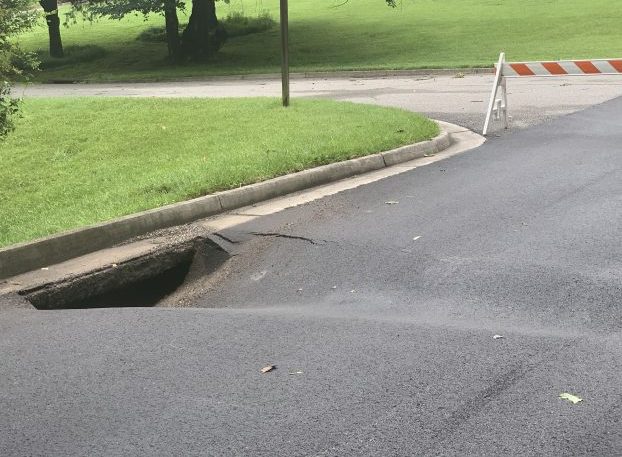I’m rooting for the ravens
Published 4:39 am Thursday, April 7, 2016
Let me begin with a note to sports fans: The ravens I’m rooting for don’t wear football helmets.
Ravens of the feathered kind have haunted my imagination for as long as I can remember. There’s the fable attributed to Aesop in which a raven learns, albeit too late, about the perils of harming others. Ravens play supporting roles in several fairytales, and my penchant for Arthurian legend and related literature introduced me to multiple raven characters. One Native American story tells of the raven who brought fire from sun to earth; another tale attributes creation itself to a raven. And, of course, there’s the famous “Nevermore” from Poe’s poem, “The Raven.”
Storybook and mythical ravens often play ambiguous roles associated with the boundary between life and death. They carry messages between the spiritual world and the physical one. They are linked with prophecy and wisdom, doom and destiny. Poe exploited this duality. At first, the narrator welcomes the bird, who promises steadfast companionship, never to leave “as hopes have flown before.” Later when macabre imagination envisions the raven as a sinister visitor from beyond the grave, the narrator rails against it. Yet at poem’s end, the raven “still is sitting, still is sitting” above the door. Having spent my own requisite number of midnights dreary, pondering, weak and weary, I’ve come to believe that Poe’s abiding raven signifies the way life’s events can shape us. Sometimes for good, sometimes not, but always for evermore.
Trending
Because of their multifaceted literary symbolism and persistence across so many different cultures, I developed a fondness for ravens — or at least a fondness for the idea of them. I’d never actually met a raven. Until last year.
Last spring, a pair of nesting ravens took up residence in a steel towers at High Bridge. In more natural environments, ravens build nests under an overhang on a cliff face. The bridge’s substructure provides an analogous, man-made setting. The birds were promptly named Raymond and Ramona. Bob Flippen, education specialist at High Bridge Trail, now known as the “Raven Whisperer,” provided updates on the growing family. As often as I could, I stopped by their nest to peer in.
The hatchlings were sort of ugly — their nearly naked, lumpy bodies didn’t even look bird-like. Eventually, the babies sprouted black feathers. For a while they seemed to be about half beak and half bird. The beaks were always open, and the parents kept bringing dinner. By the time the fledglings were ready to fly, their bodies had grown large enough to make their mouths appear suitably proportional. It reminded me of the way a puppy grows into its feet.
The young fliers soon became as aerobatically proficient as their parents. They soared above and below the bridge and among the trees. Sometimes they would stand on the bridge’s railing, their deep, black eyes always watching. Sometimes it seemed that the ravens had something profound to say, if only I were equipped to listen. Then at the end of summer, they flew away.
The Cornell Lab of Ornithology’s All About Birds website claims, “Ravens are among the smartest of all birds, solving ever more complicated problems.” They used to be more common in our area, but the population declined due to habitat loss during the 19th and early 20th centuries. In recent decades, however, ravens have made a comeback.
Last month, Flippen reported that Raymond and Ramona had returned. New hatchlings made their appearance March 13. I’m looking forward to another season of watching them take flight. Perhaps this year, if I’m worthy, I’ll hear their message.
Trending
KAREN BELLENIR has lived in Farmville since 2009 and blogs for Pier Perspectives (PierPress.com) She maintains an archive of columns at www.KarenBellenir.com and is editorial director for Wordwright LLC providing services to authors, publishers and print and electronic publications (www.Wordwrightllc.com). Her email is kbellenir@wordwrightllc.com.





